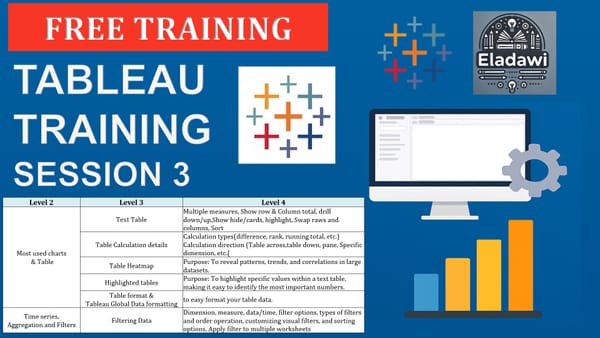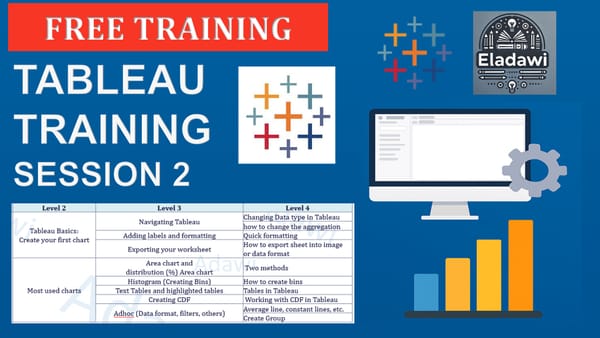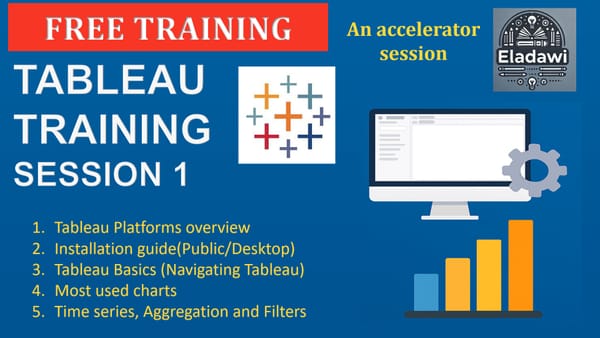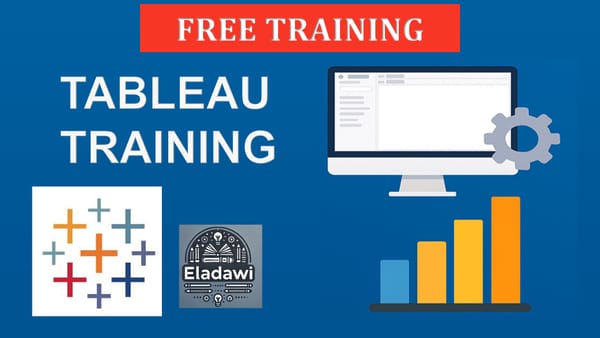5G HARQ Retransmission: Why Code Block Groups (CBG) Matter! (Post + Video)
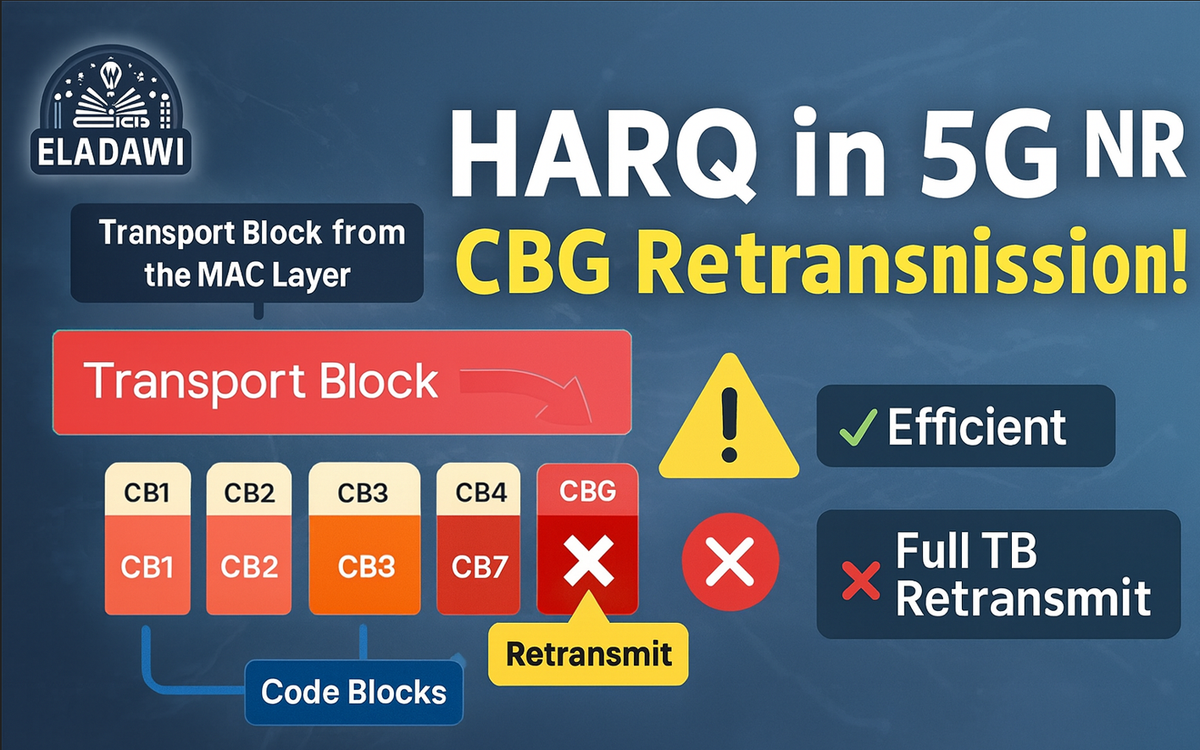
💡 Why CBG Retransmission Matters?
- It enables partial retransmissions of affected code blocks, reducing network load and improving spectral efficiency—especially important for large transport blocks in 5G.
How it works?
- As shown in the below picture, Large Transport Blocks (TBs) are segmented after CRC attachment to prevent exceeding the maximum packet size for decoding efficiency.
- Each segment is encoded separately as Code Blocks (CBs) with individual CRC bits for error detection.
What happens if a single-bit error occurs in a specific TB?
The entire TB must be retransmitted incase if the concept of Code Block or Code Block group retransmission is not available/supported and this becomes inefficient for large TBs as even small errors cause full retransmission, leading to higher resource usage.
What types of retransmission mechanisms are available in 5G?
- HARQ Retransmission Per Code Block:
- Instead of retransmitting the entire TB, only the affected CB is retransmitted.
- This improves efficiency but requires the UE to send multiple HARQ acknowledgments, increasing signaling overhead.
- Code Block Group (CBG) Based Retransmission:
- CBG is a compromise where multiple CBs are grouped together for HARQ retransmissions.
This balances between efficient retransmissions and manageable signaling overhead at the UE.

Does CBG-based retransmission require specific UE capabilities or gNB-side configurations?
- Yes, the following parameters provide a summary of the UE capabilities and gNB configurations related to CBG at the physical layer.

- 👉 The following explains how these related parameters can be verified from L3 messages.

YouTube video for the same:
📘 Resources Referenced:
- 3GPP TS 38.300 & TS 38.331
- 5G NR in Bullets
- The New Generation Wireless Access Tech Book

